Some animals have names with obvious meanings. For example, the white-tailed deer is named for its bright, flashing tail, and the northern red bellied snake has a ruby-red belly. But other names have more mysterious origins, and their meanings have become lost with the passage of time. Here are a few examples.
Ovenbird
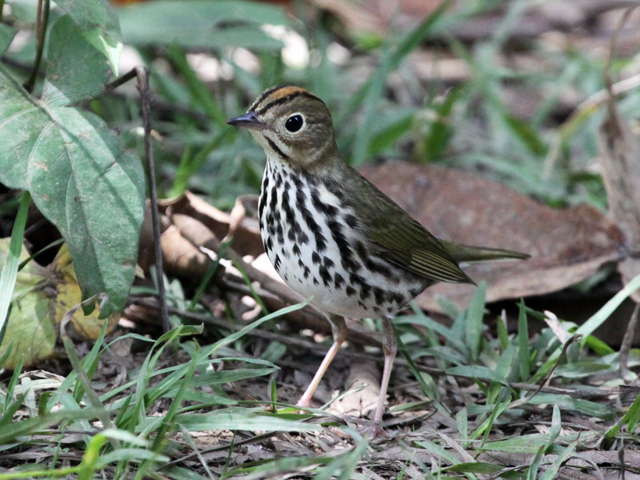
Ovenbird © Dave Larson / Mass Audubon
This olive-brown warbler with a striped crown is common across much of Massachusetts. Early North American settlers first thought it was a wagtail, and then a thrush. In 1886, the American Ornithological Union officially changed its common name to ovenbird after the shape of its nest.
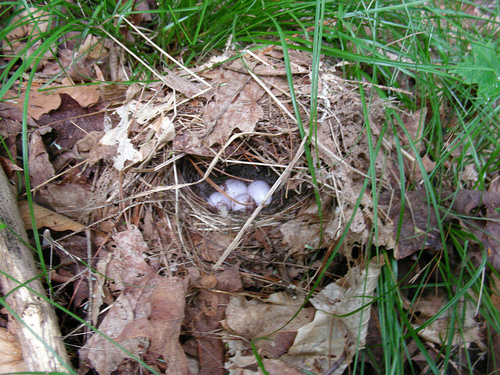
Ovenbird nest CC BY-NC 2.0 Kent McFarland
The female ovenbird weaves leaves, grasses, and other material to form a mounded structure on the forest floor. She lays her eggs in a round cavity inside, and enters and exits through a hole in the side. This nest looks like an oven—not the appliance that people have in their houses today, but an old-fashioned domed outdoor bread oven with an opening in the side. Though few of these ovens are in use nowadays, the ovenbird’s name persists.
Eastern Garter Snake

Eastern garter snake © Rosemary Mosco / Mass Audubon
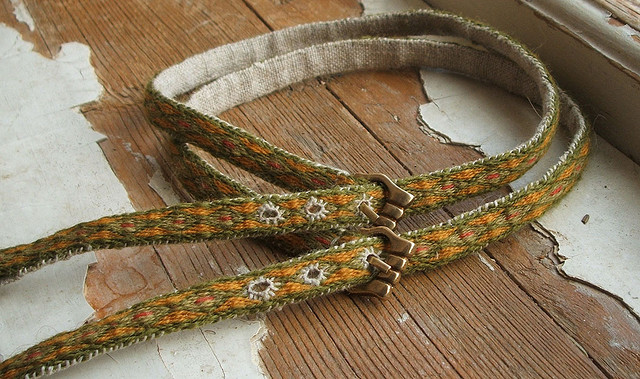
Medieval style garters CC BY-NC 2.0 Vrangtante Brun
People often mistakenly call this common species a “garden snake” because it is found in yards and gardens. In fact, it was most likely named for its resemblance to garters—slender undergarments that both men and women wore for centuries.
These bands of fabric wrapped around the legs, either below or above the knee, and attached to stockings to keep them from falling down. Like the garter snake, garters were often striped. Garters fell out of fashion over time—partly because fabric makers developed elastic socks that stayed up on their own.
Northern Saw-whet Owl
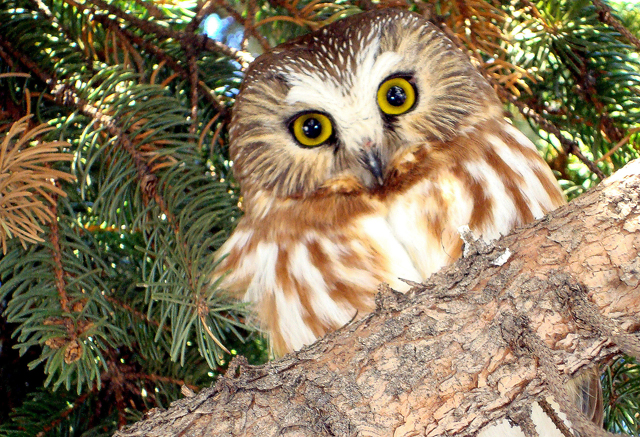
Saw-whet owl © Jennifer Johnston
The smallest owl in the state, the saw-whet inhabits deep forests. Odds are you haven’t seen one, since it’s quiet and rarely seen. Where does its unusual name come from? You may be familiar with the word “whet”. It means “stimulate” or “sharpen,” as in “The smell of baking bread really whets my appetite!”
People have long used an object called a whetstone to sharpen saws, knives, and scissors. Someone decided that that this owl’s call was like the sound of a saw being sharpened on a whetstone—and the name stuck.
Baltimore Checkerspot
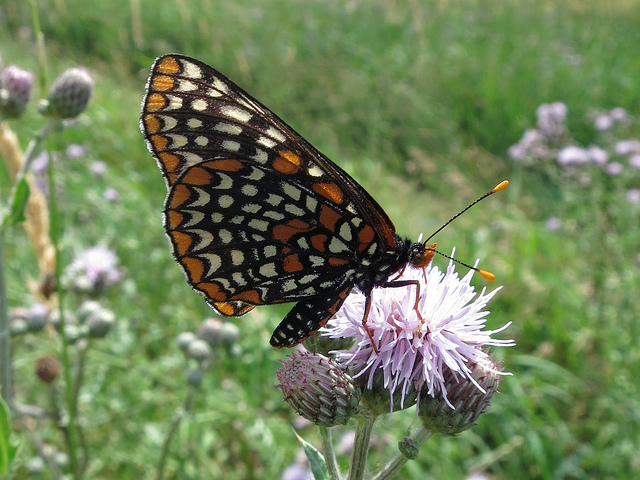
Baltimore checkerspot © Rosemary Mosco / Mass Audubon
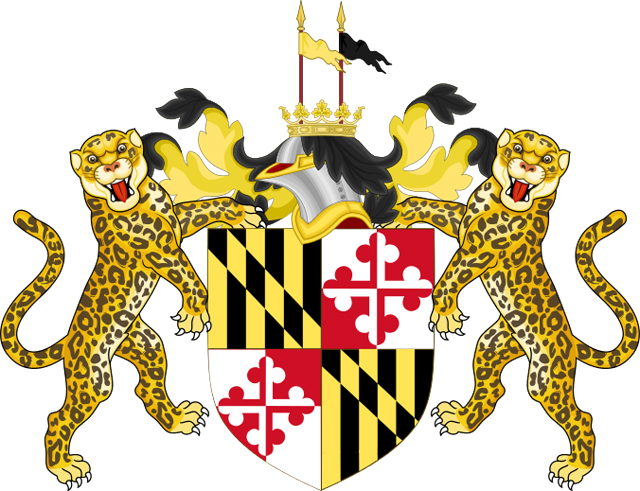
Coat of Arms of the Barons Baltimore CC BY-SA 4.0 Glasshouse
This butterfly bears the name “Baltimore” because its color pattern resembles the heraldic crest of the Baltimore family. In 1625, King James I of England dubbed George Calvert the First Baron of the Irish town of Baltimore. Calvert was very interested in exploring the New World, and he and his heirs helped create the colony of Maryland. In fact, that’s where the city of Baltimore got its name.
The Baltimore family’s banner has a black and gold checker spot pattern, similar to the butterfly’s black and orange markings. Both this insect and the sweet-singing Baltimore oriole are named for their resemblance to the crest.


Sweet creatures:) Thanks for sharing Rosemary.